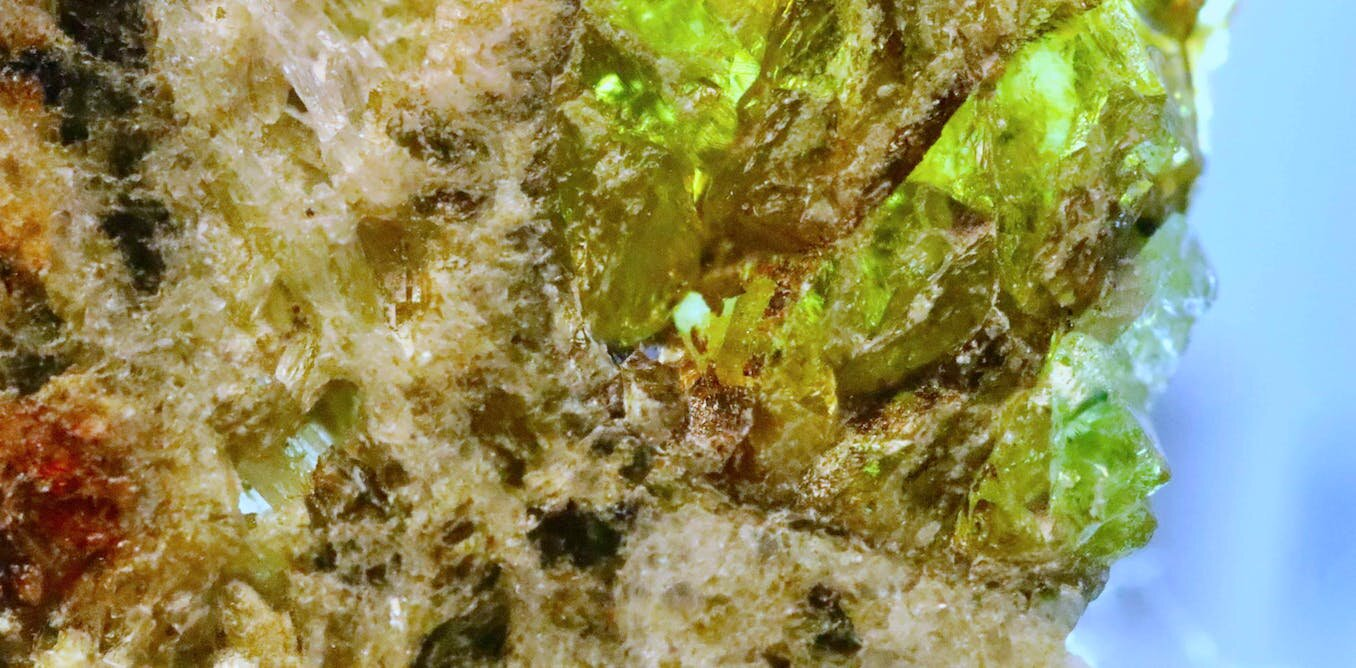Analysis of the Erg Chech 002 meteorite has revealed it is the oldest rock of volcanic origin ever found, far exceeding anything originating on Earth. It’s also provided evidence that some parts of the early Solar System were much richer in the isotope responsible for most of their initial heat than others, although we still don’t know why.
The early Sun was not as bright as it is today, but that didn’t mean the first planets that formed out of the disk around it were cool. Besides the heat released in collisions, radioactive isotopes were more abundant then, and kept the first large objects hot, often with molten interiors. One isotope in particular, aluminum-26 is thought to have played a particularly important part, possibly being the reason we have plate tectonics today.
Today, the Earth’s core is heated primarily by the slow decay of uranium and thorium, and the same goes for the centers of other rocky objects. Four and a half billion years ago, however, it is thought that aluminum-26 played a much bigger role.
Aluminum-26 decays to magnesium-26, releasing energy as it does so. At 705,000, its half-life is short enough that the heat is a lot more intense than from similar quantities of uranium-235, but long enough to have a big influence on the first few million years of planetary formation.
It’s thought the protoplanetary disk from which the Solar System formed was enriched with aluminum-26 from nearby exploding stars, but astronomers have debated if the isotope was evenly mixed, or clumped in some areas. To test this, we need to know the timing of a meteorite’s formation very precisely. Otherwise, we can’t tell if one formed in a low aluminium-26 region, or is a few million years younger, after most of the isotope had decayed.
Volcanic meteorites are easier to date than those that accreted on an asteroid’s surface, so the discovery of Erg Chech 002 in the Sahara desert was a gift. Australian National University PhD student Evgenii Krestianinov and co-authors have taken full advantage, measuring Erg Chech 002’s age with staggering precision.
Erg Chech 002’s volcanic origins mean it originated in an object large enough to be geologically active. Some volcanic meteorites have been identified as coming from Vesta before being knocked off in a collision. Others, Erg Chech 002 included, clearly come from some other object we can’t identify, most likely because it has long since been destroyed.

Erg Chech 002 is at least as nonhomogenous as it reveals the early Solar System to have been, with remarkable crystals like these.
Erg Chech 002 is unusually rich in lead and uranium, which is not a coincidence. Uranium undergoes a series of radioactive decays until it reaches stable isotopes of lead. Upon formation, the rock that became Erg Chech 002 would have had even more uranium, most of which has decayed to lead.
Different uranium isotopes decay at different rates, so by comparing the quantities of each, and the ratios of their end-products, geologists can calculate the age of a rock. Erg Chech 002 proved particularly suited to giving precise results: 4,565,560,000 years with an error of just 120,000 years.
By comparing the time of Erg Chech 002’s formation with previous estimates of its aluminum-26 concentration, Krestianinov and coauthors concluded its parent body must have had three to four times as much aluminum-26 as the parent of comparable meteorites.
Unless the estimates of age or aluminum are badly off for one meteorite or another, this means the cloud from which we formed was much less well-mixed than many have assumed.
It also means that as they coalesced, these protoplanets did not collect material from enough different areas to balance out these differences. That greatly complicates attempts to model planetary formation, but it could also explain some anomalies.
Pieces of Erg Chech 002 were for sale on eBay at very low prices, but now that its value has been demonstrated they might rise rather fast.
The study is published in Nature Communications.
Source Link: Oldest Volcanic Meteorite Challenges Theories Of Solar System's Formation